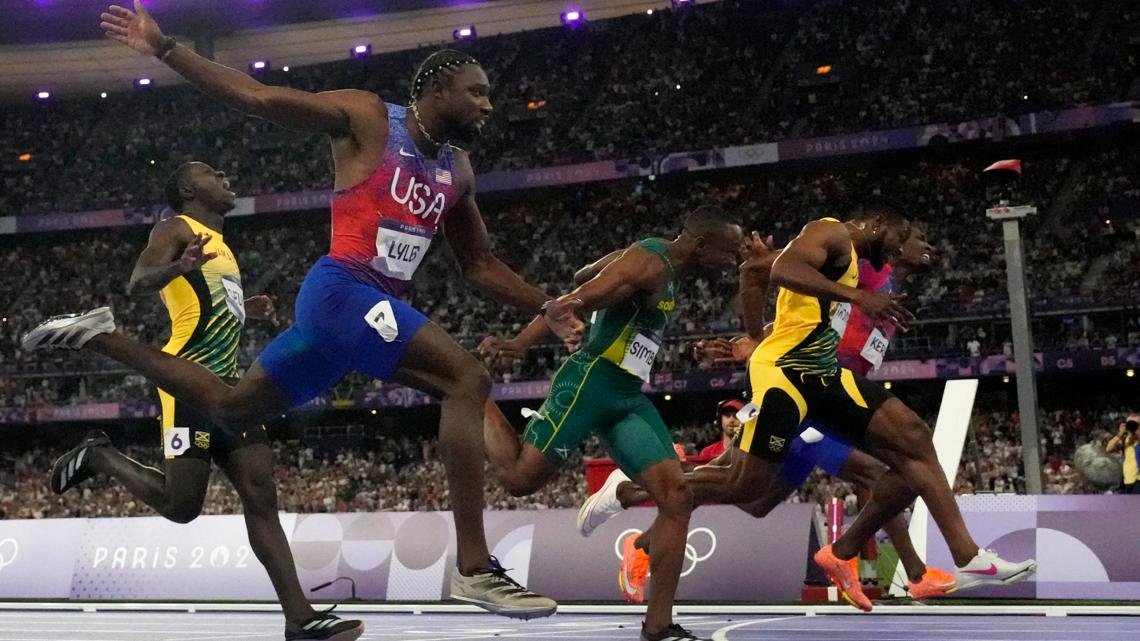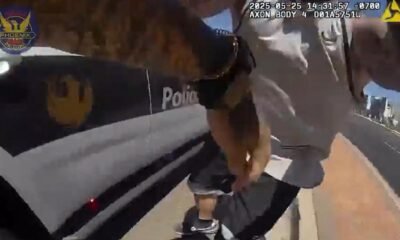General News
Which Body Part Must Cross the Finish Line First in a Track Race?

The title of “World’s Fastest Man” at the Paris Olympics came down to just .005 seconds.
PARIS, France — The men’s 100 meters final at the 2024 Paris Olympics concluded with a razor-thin margin, making it one of the closest finishes in the history of the Summer Games.
American athlete Noah Lyles captured the “World’s Fastest Man” title, crossing the finish line just .005 seconds ahead of Jamaica’s Kishane Thompson. The definitive result came down to a photo finish, and even the TV broadcast struggled to distinguish between the two sprinting stars.
After a tense 30-second wait, the announcement came: Lyles clocked in at 9.784 seconds, narrowly outpacing Thompson by five-thousandths of a second. The nail-biting race raised questions about the technical aspects of photo finishes and the criteria for crossing the finish line at the Olympics.
What part of the body has to cross the finish line first?
According to Olympic rules, a runner completes the race when their torso crosses the finish line, not their head. This explains why many runners lean forward to ensure their torso crosses first, maximizing their chance of victory.
Here’s the official men’s 100m photo finish image from the IOC. pic.twitter.com/2a5tJY84tT
— Dan Gartland (@Dan_Gartland) August 4, 2024
Can you dive across the finish line in track?
Yes, diving across the finish line is permitted, though it poses risks and offers minimal speed advantage. ESPN’s Sports Science has highlighted that while an initial leap may seem faster, overall acceleration decreases while airborne.
Who is the World’s Fastest Man?
Noah Lyles clinched victory in the nail-biting sprint, edging out Kishane Thompson of Jamaica.
NOAH LYLES’ OLYMPIC DREAM COMES TRUE! 100M GOLD MEDALIST. #ParisOlympics pic.twitter.com/qR6bkXLHhE— NBC Olympics & Paralympics (@NBCOlympics) August 4, 2024
How long is the Olympic track?
An Olympic-sized track measures 400 meters, just shy of a quarter mile.
How many laps around a track is a mile?
It takes four laps to complete one mile on an Olympic-sized track.
How many meters in a mile?
There are 1,610 meters in a mile.
How many miles is 10,000 meters?
A 10,000-meter race translates to approximately 6.2 miles.
How many miles is 400 meters?
Covering 400 meters, or one lap around an Olympic track, equals about a quarter of a mile.
TEGNA’s Claire Bermudez contributed to this report.


















